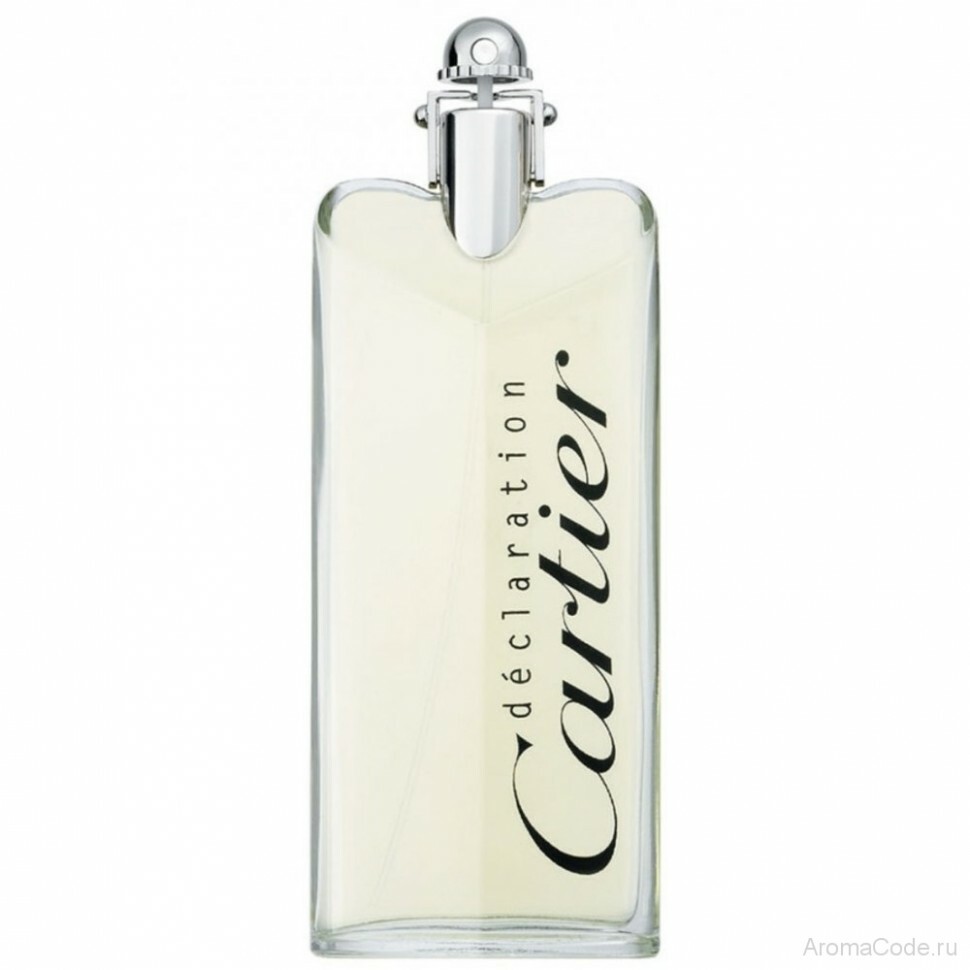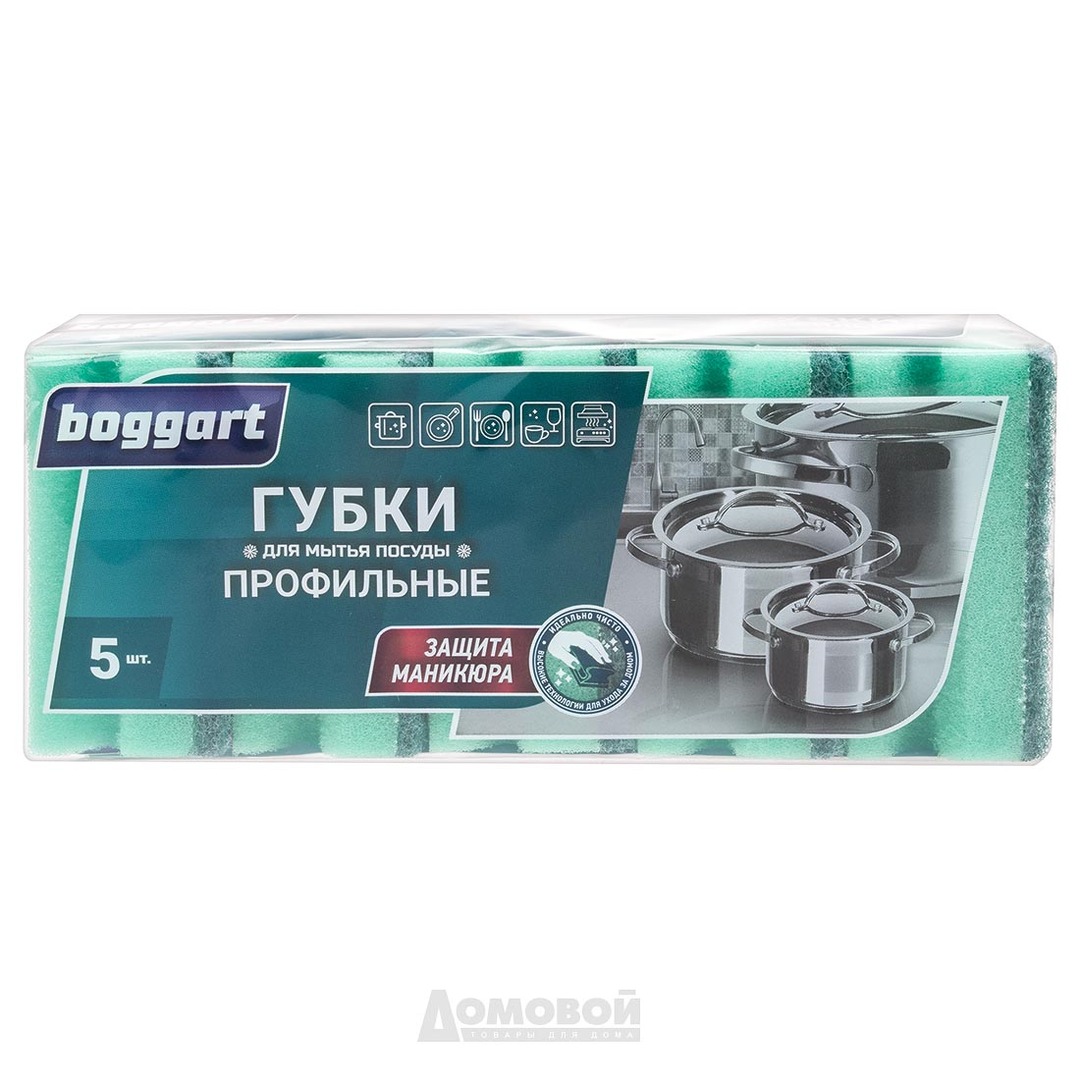
- Why use an industrial vacuum cleaner?
- Where can not I use an industrial vacuum cleaner?
- How to choose a construction vacuum cleaner in the field of application?
- How to choose an industrial vacuum cleaner by the parameters of the engine?
- Type of filter element. Which building vacuum cleaner should I choose?
- Useful additional functions:
- Accessories and accessories:
- Manufacturers of industrial vacuum cleaners
Repair work always implies a large amount of debris. In such cases, a home vacuum cleaner will not help much, and even vice versa - such exploitation can lead to problems with the further operation of the household appliance. An industrial vacuum cleaner can help with building debris. What is such an aggregate, what are its main characteristics? This is described in detail in this article.
to the contents ↑Why do I need an industrial vacuum cleaner?
The quality of repair works and their safety largely depend on the cleanliness of the construction site. To clean the workspace, many use a common household vacuum cleaner, but a large amount of dust and construction dirt leads to clogging of internal parts of the device and its failure. It is better to use special equipment, which is considered an industrial vacuum cleaner. Due to the powerful engine and large dust collector, such devices quickly clean the surfaces of a large amount of litter.
Important! Industrial vacuum cleaners are available for all self-respecting contractors and private traders involved in the repair and construction of houses. The device is especially effective at the last stage of construction, when it is necessary to remove cement dust, small pieces of rubble and bricks, putty from the premises.
The main tasks with which this unit must cope are:
- Cleaning of the premises after the completion of the repair work.
- Capital cleaning inside the house, as well as in the adjacent areas after the construction process.
- Cleaning of wooden flooring after grinding.
- Removal of water after an emergency breakthrough in a sewage or water supply system.
Important! Located on the body of an industrial vacuum cleaner socket on 220V makes it possible to use the device simultaneously with a construction tool. Thus, cleaning the premises can be done directly during the repair work.
to the contents ↑Where can not an industrial vacuum cleaner be used?
Despite the fact that this electrical appliance has ample opportunities, there are a number of restrictions regarding its use. You can not produce such devices:
- cleaning chimneys;
- collection of cement;
- removal of flammable liquids;
- collection of explosive and fine dust.
For all this there is another special technique.
to the contents ↑How to choose a construction vacuum cleaner in the field of application?
To determine the equipment needed for cleaning, you first need to find out the chemical composition of the dust that you are going to remove. Concerning this feature, all industrial vacuum cleaners are divided into the following classes:
- Class L. Instruments with this marking are considered to be the simplest among such devices. They are designed to remove common building dust. Such rubbish include: gypsum, clay, paint, varnish, pieces of rubble, bricks, wood shavings and the like.
- Class M. Such devices are designed for medium dust cleaning. Units of this class are used in nuclear power plants to remove dust, as well as in the fight against dust, which was formed during the processing of manganese, copper, tin, nickel. These devices have a function of low dust disposal( the filter transmittance is 0.1%).
- Class N. The equipment is suitable for dust removal of increased danger. To this group of garbage can be attributed various dyes, preservatives, harmful microorganisms( viruses, bacteria, fungus, mold), asbestos. The vacuum cleaner has a function of dust-free disposal( filter transmittance is 0.005%).
- ATEX.Such devices are designed to eliminate explosive dust.
Important! The higher the class of the device, the more expensive its cost. In order to choose the right vacuum cleaner, determine the purpose of its use. Do not overpay for unnecessary functions for you. With household tasks, a vacuum cleaner of class L.
to the content can be fully coped with. ↑How to choose an industrial vacuum cleaner by the parameters of the engine?
The performance of a construction waste cleaner directly depends on the performance characteristics of its main element - the electric motor.
Important! If the power of the motor of the household vacuum cleaner is 300-800 W, then for a device of industrial type, a power of at least 1.4 kW is required. The more this parameter of engine operation, the more efficient the unit will be able to cope with its work, and the longer it will last.
 The main performance indicators of the construction vacuum cleaner are:
The main performance indicators of the construction vacuum cleaner are:
- performance( measured in l / min or cbm / h);
- degree of vacuum( measured in Pa or bars);
- turbine rotation speed( measured in rpm).
Important! Expensive models of vacuum cleaners of industrial design can have a turbine rotation speed of 30,000 rpm.
The choice of a building vacuum cleaner should be made with these parameters taken into account. They must be specified in the technical documentation of the device.
Important! Some models of industrial equipment of this purpose are equipped with two motors at once, which significantly increases their power, respectively - increases productivity by 2 times.
As a rule, vacuum cleaners of industrial design are equipped with single-phase motors with a voltage of 220V.However, there are models with a three-phase motor voltage of 380V and devices that operate on batteries.
Important! The most powerful device is three-phase equipment. However, it is not always possible to find the appropriate network for its nutrition. Therefore, the optimal option for private use are single-phase devices.
If you need an industrial vacuum cleaner that will successfully eliminate liquids, then you should choose a special unit, the engine of which has additional protection.
to contents ↑Type of filter element. Which building vacuum cleaner should I choose?
All household or building vacuum cleaners operate on the same principle: the electric motor generates discharged air that is sucked into a special garbage can with dust. Before going out, the air is filtered by the system, thus cleared of a variety of solid inclusions:
- The cheapest models use paper or fabric bags as a filter, in which dust and construction debris are drawn.
Important! For collection of large debris bags of matter are more suitable. Fine dust will pass through the fabric. Therefore, to remove fine dust, it is recommended to use paper bags.
- More expensive devices are equipped with a "cyclone" cleaning system. In this case, under the influence of centrifugal force, the dust is collected in plastic or metal special containers.
Important! Equipment with such a system can collect not only dry debris, but also various liquids.
- The most effective, respectively - the most expensive, are industrial vacuum cleaners with a water filter. In such devices, dirty air passes through a container with water, which leaves a large fraction of the dust in it. The smallest dust particles are collected in a separator. Thanks to double filtration, the output is clean and safe for the human body air.
Important! The only drawback of such devices is the constant need for clean water, which is not always feasible on construction sites.
to the contents ↑Useful additional functions:
- To save electrical energy and save the life of the vacuum cleaner, the presence on the device of sockets for connecting power tools.
Important! Using this outlet always take into account the power of the instrument that you intend to connect to the device. It must not exceed the maximum permissible power specified in the technical documentation for the industrial vacuum cleaner.
- Working with liquid waste, a very useful part of the vacuum cleaner will be a drain neck. It will allow to empty the tank without dismantling the unit.
- There are also models of industrial devices for garbage collection with blowing function. Although it is rarely used, but sometimes its availability, in principle, is fundamental.
Important! When buying the device, make sure that the device is equipped with an alarm( lock) when the bag or container is filled with debris to the limit.
to the contents ↑Accessories and accessories:
- In addition to the device, several hoses and nozzles of various functions are provided( designed for narrow openings, for cleaning the floor, for connecting electrical tools).
Important! If the manufacturers of tools and vacuum cleaner are different, you may need to purchase a special adapter that will match the diameter of the nozzles.
- An important aspect when choosing a construction vacuum cleaner is the availability of consumables.
Important! Buying the device, be sure to make sure that later the purchase of dust bags will not be a problem for you.
to the table of contents ↑Manufacturers of industrial vacuum cleaners
The assortment of such devices is striking in its breadth. And since today the question of the price of equipment is not in the last place, most people, trying to save money, buy a cheaper model of an unknown producer. Very often such a technique has weak technical characteristics, which leads to a rapid breakdown of the vacuum cleaner. Therefore, experts strongly recommend giving preference to well-known brands, tested for years. These include:
- Bosch;
- Hitachi;
- Metabo;
- Makita;
- DeWalt;
- Karcher;
- Interskol.
If you plan a long repair, then without an industrial vacuum cleaner you just can not do. It can significantly shorten the cleaning time. This process will not turn into an annoying routine, destroying the joy of repair. When choosing a model, be based on your needs. And also do not forget that popular brands are in demand not in vain. Sometimes it is better to overpay in the beginning, than later to toil with the device and to be engaged in its repair.


